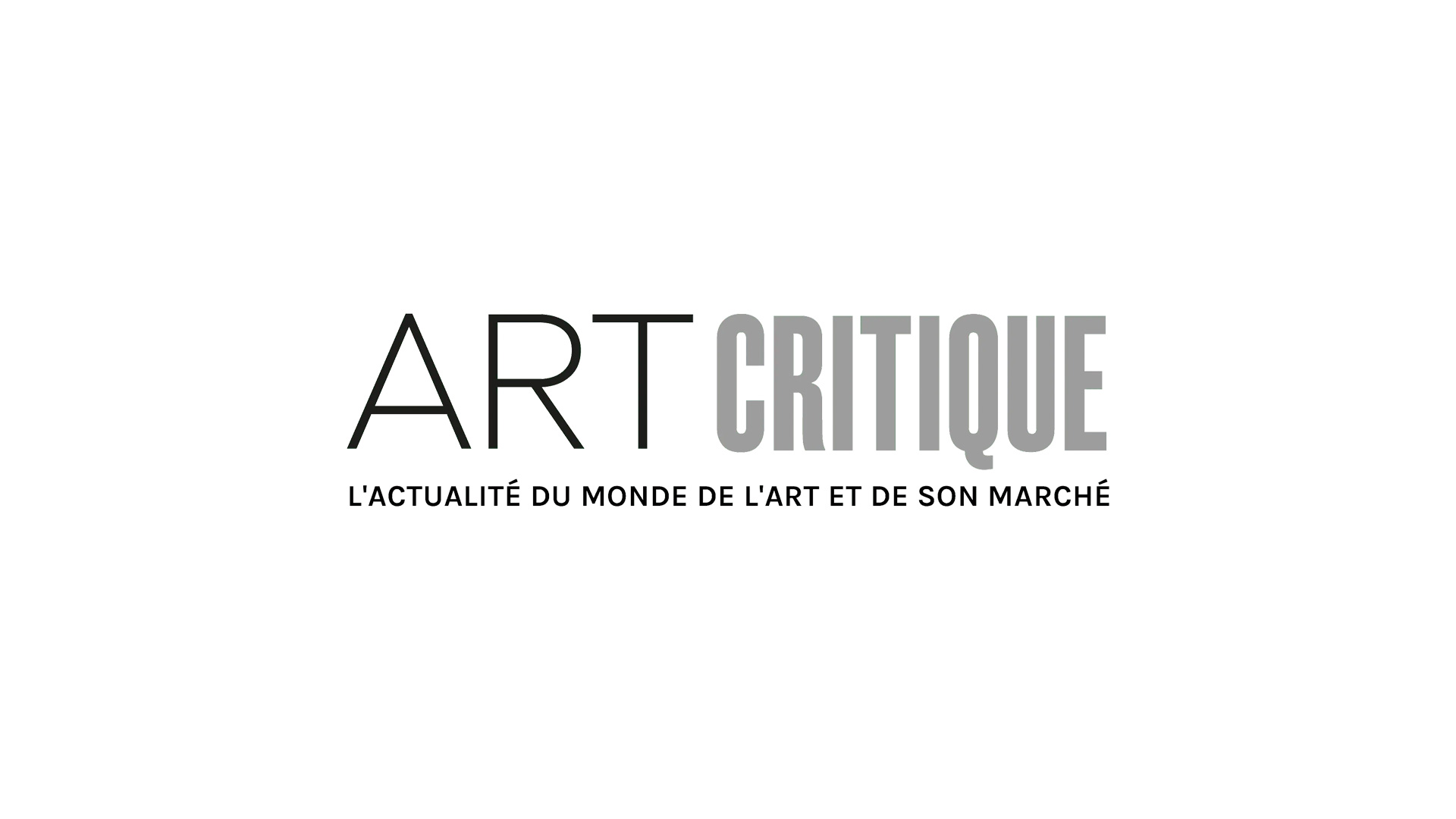When you picture walking through some of New York City’s most loved parks, some of the romance and character comes from the street artists, the book vendors, and the art sellers that occasionally line the sidewalks. However, a recent ruling upheld that having a limit on the number of vendors in four of the city’s parks is completely permissible under the New York constitution.
Last Tuesday, a New York state appellate court decided to rule against an appeal against an injunction, created nearly a decade ago, that capped how many vendors could set up shop. The recent appeal was brought on by a group of local artists and vendors. The parks affected are Central Park, south of 86th street, Battery Park, the High Line, and Union Square Park. Throughout the year, vendors are limited to 100 or, on days when the Greenmarket at Union Square Park is not on, they can accommodate 140.
When the rules were created, they were made in the hopes that better regulate the parks’ activities allowing for more space for park-goers, the integrity of the parks, and to prevent congestion in the park. The regulations only apply to certain goods, though, which include those considered to be ‘expensive matter’, such as paintings, photographs, books, and newspapers. Some in favour of cutting down on vendors believed it would keep the parks from being the ‘year-round flea markets,’ as one person put it when the rule was put in place. When the restrictions were instilled in 2010, they regularly saw around three times the vendors they’re now allowed.
As you might expect, the decrease in vendors did not sit well with everyone, particularly those most affected by the injection: the vendors. In their appeal, vendors believed that the regulations violate their rights to free speech and that of equal protection as called for under the constitution of New York. In a New York Times article published shortly after the regulations were first created in 2010, Dario Zapata, a South Bronx caricature artist who worked in Central Park, said he felt that his First Amendment rights were taken away by the regulations.
The most recent ruling, though, decided that the appeal was not adequate. Judge Barbara Kapnick said that the 2010 ruling was ‘an appropriate response to demonstrated concerns.’ Kapnick went on to say that the those opposing the sanctions had not presented enough evidence to prove that they were being discriminated against, as they claimed.
The 2017 appeal followed a 2013 ruling that 2010 restrictions created under and upheld by the New York state constitution were in fact permissible under the US constitution, as well. For the time, it seems that this might be the end of the line for those who disagree with the regulations but only time will tell.





